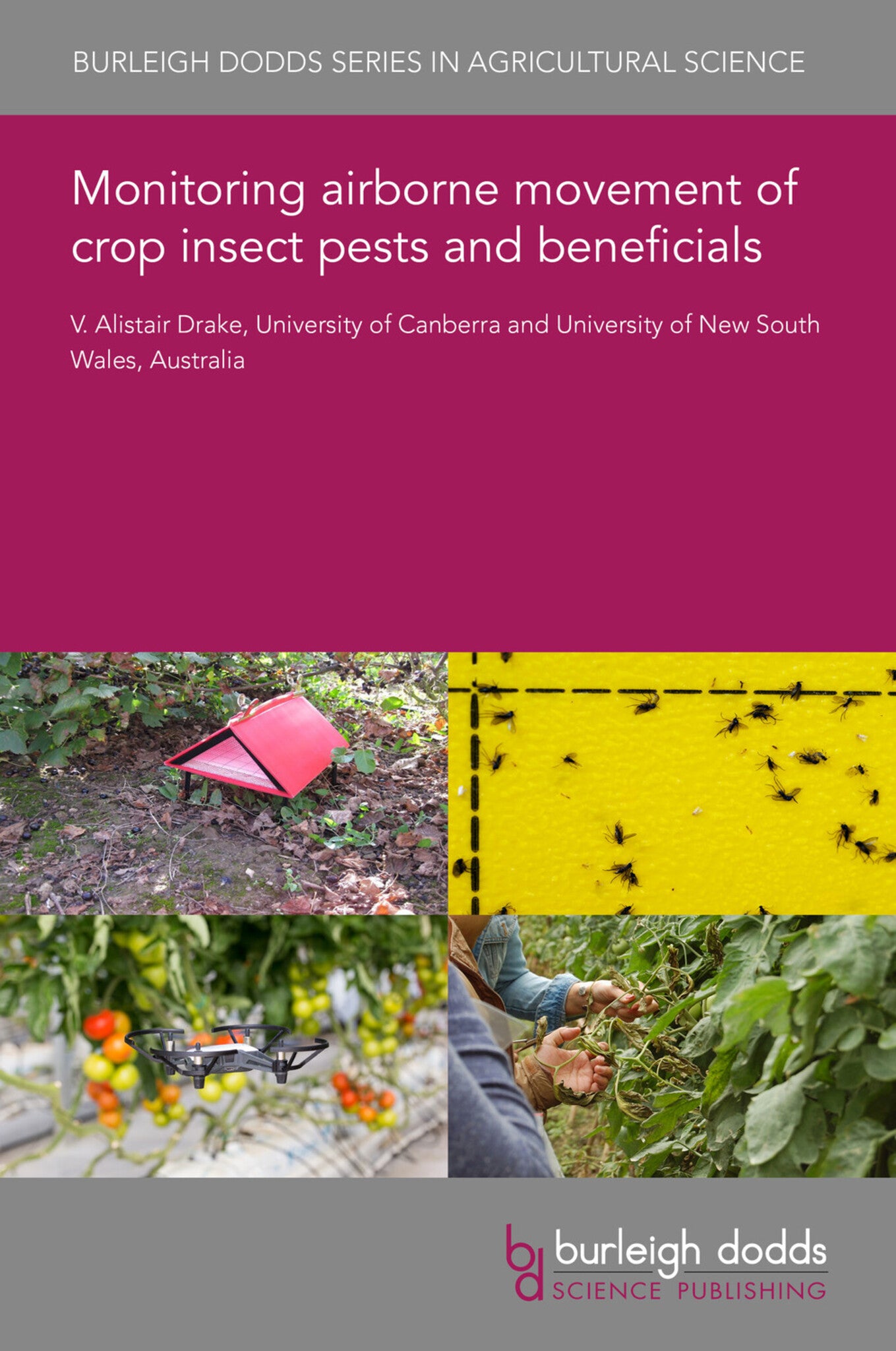We're sorry. An error has occurred
Please cancel or retry.
Monitoring airborne movement of crop insect pests and beneficials

Some error occured while loading the Quick View. Please close the Quick View and try reloading the page.
Couldn't load pickup availability
- Format:
-
24 April 2023

This chapter explores monitoring airborne movement of crop insect pests and beneficials. The chapter begins by highlighting the importance of trapping methods when it comes to monitoring specimens. This is then followed by a review of the visual observation of insects and a discussion of various forms of radar that can be used, such as scanning entomological radars, vertical-looking and weather surveillance radars. A section on optoelectronics is also provided, focusing specifically on short-range and long-range monitoring as well as imagers and the strengths, limitations and prospects of these devices. The chapter also provides a review of radiotelemetry and harmonic radar as well as a case study on moths over a cotton crop.

TECHNOLOGY & ENGINEERING / Pest Control, Pest control / plant diseases, TECHNOLOGY & ENGINEERING / Agriculture / Agronomy / Crop Science, TECHNOLOGY & ENGINEERING / Agriculture / Sustainable Agriculture, Agronomy and crop production, Sustainable agriculture, Agricultural science

- 1 Introduction
- 2 Trapping
- 3 Visual observation
- 4 Radar
- 5 Optoelectronics
- 6 Radiotelemetry and harmonic radar
- 7 Case study: moths over a cotton crop
- 8 Conclusion
- 9 Where to look for further information
- 10 Appendix: safety and regulatory issues
- 11 Acknowledgements
- 12 References



